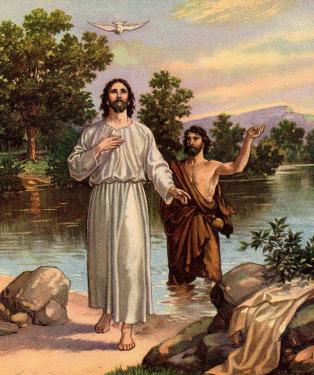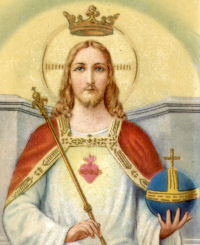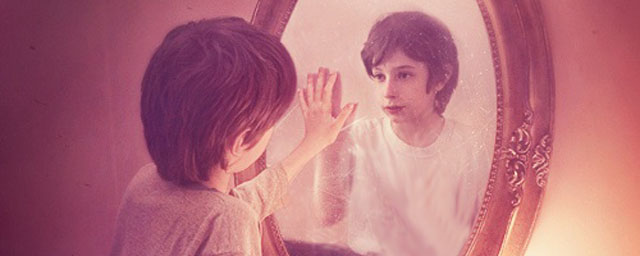 Today’s object lesson is a Christmas carol. It’s not one of the favorites but it is still widely known.
Today’s object lesson is a Christmas carol. It’s not one of the favorites but it is still widely known.
It is a centuries old, English folk song, a counting song, not unlike the better known Twelve days of Christmas, but more transparent in its meanings.
Like many folk songs, the words can vary and the interpretations can be debated.
Here is a link to a simple folk rendition where you can hear the tune. Here’s another, more physical, version. It’s having fun like this with this otherwise LONG song that has made it last for hundreds of years! You’ll note that each version changes the words slightly. Words are fair game in folk music!
Here is a common version. Focus on the words for the number 2.
I’ll sing you twelve, Ho
Green grow the rushes, Ho
What are your twelve, Ho?
Twelve for the twelve Apostles
Eleven for the eleven who went to heaven,
Ten for the ten commandments,
Nine for the nine bright shiners,
Eight for the April Rainers,
Seven for the seven stars in the sky,
Six for the six proud walkers,
Five for the symbols at your door,
Four for the Gospel makers,
Three, three, the rivals,
Two, two, lily-white boys,
Clothèd all in green-o
One is one and all alone
And evermore shall be so.
Two lily-white boys. There are different interpretations of what this means, but one common interpretation is that the lily-white boys are John the Baptist and Jesus. The clothed all in green part comes from obscure customs of decorating the altar area with holly and mistletoe, plants with different colored berries but both ever green.
This opens the door for a discussion of the two very different cousins and their role in the Christmas narrative. Their devotion to one another despite their profound differences in personality and their differing birthright missions was a catalyst that sparked Christianity and makes the message so memorable as to be told 2000 years later.
So why do we work so hard today at being the same?




